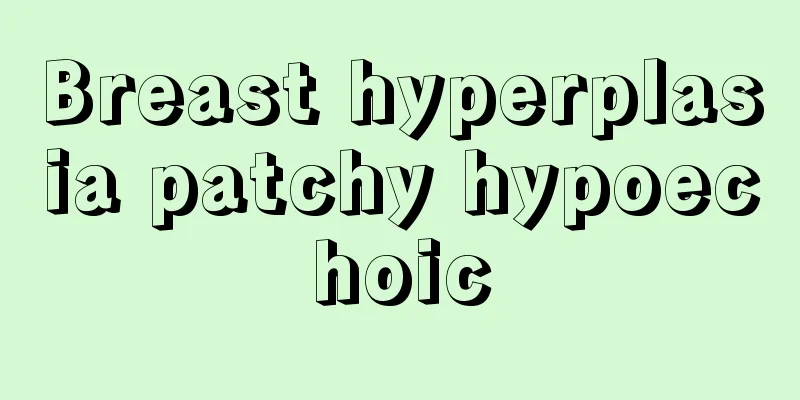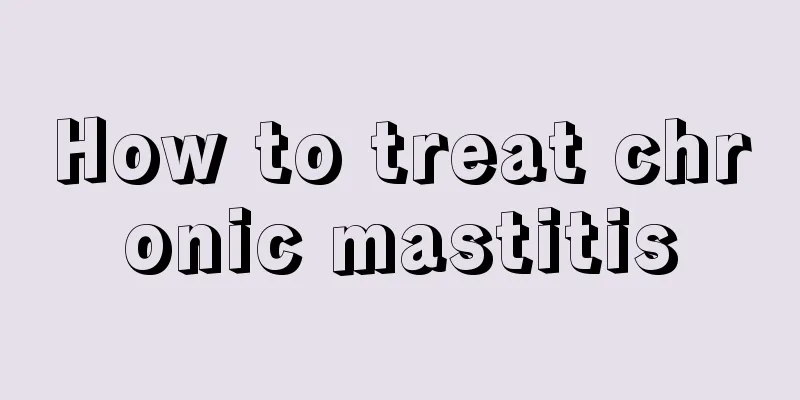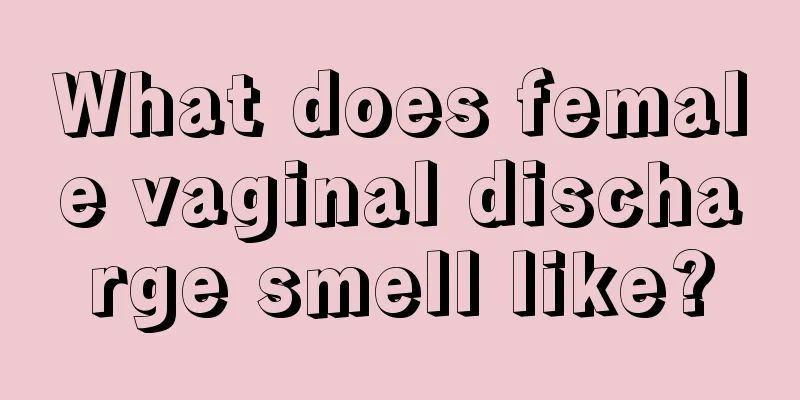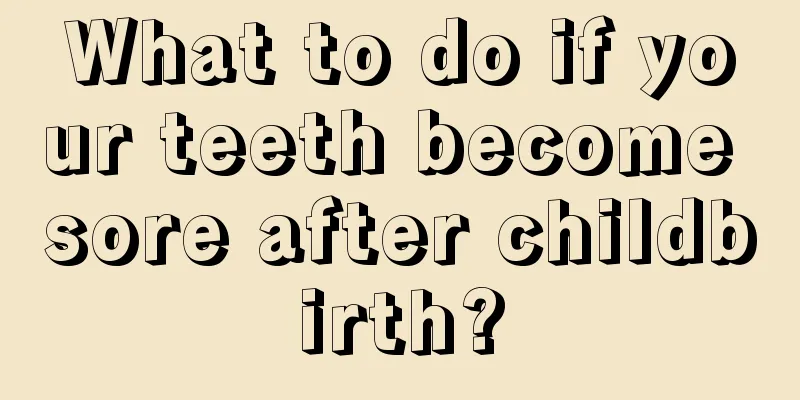Breast hyperplasia patchy hypoechoic

|
The breast mass hypoechoic area is considered to be a local cyst caused by breast cystic hyperplasia, which is a benign lesion and can be observed clinically. If the grade classification is below grade 3, follow-up ultrasound should be done once a year, and women over 35 years old should follow-up breast mammography every 2 years. If the grade classification is above grade 4, special attention should be paid to the possibility of malignancy, and the follow-up time should be reduced. Breast ultrasound should be followed up once every 3 months. If it is a high-density breast, breast MRI examination is required. If the lumpy low echo appears during breastfeeding, it is considered to be caused by milk stasis. If it is accompanied by breast pain and fever, it should be considered to be caused by subacute mastitis. In the early stage, local heat compress should be applied, breastfeeding of the affected limb should be stopped, the milk should be sucked out with an automatic breast pump, and antibiotics should be taken orally. If a cyst is formed, surgical incision and drainage should be required, the wound should be changed after the operation, and antibiotics can be used intravenously. Treatment: General medical treatment The occurrence of cystic breast hyperplasia is usually related to fatigue, irregular daily life, tension and anxiety, and excessive work pressure. The first step in treating cystic breast hyperplasia is to relax your daily life and stress, eliminate worries, be happy and calm, and most symptoms can be alleviated. Surgery The purpose of surgical treatment of cystic breast hyperplasia is to: confirm the diagnosis, eliminate breast malignancy, remove diseased glandular ducts, eliminate symptoms, remove breast cancer risk factors, and prevent the occurrence of breast cancer. Common surgeries include lumpectomy, segmental mastectomy, and simple mastectomy. Medication At present, there is still no very effective drug treatment for this disease. According to the etiology theory of estrogen disorder, the treatment plan of estrogen-suppressing drugs can be used, but it can only alleviate or improve the symptoms. Common anti-estrogen drugs include: ethinyl estradiol, copper corpus luteum, testosterone, bromocriptine, danazol, tamoxifen, etc. It should be noted that hormone therapy is not suitable for long-term use to avoid side effects such as menstrual disorders. Vitamins D, B6, and E also have the function of regulating hormones and can be used as auxiliary medicines for cystic hyperplasia of the breast. |
<<: Little girl's testosterone is high
>>: Can touching your vagina cause infection?
Recommend
When can a baby be taken outside?
We all know that babies are weak and have low imm...
What are the benefits of eating bullwhip for women?
Bullwhip is a relatively common aphrodisiac food....
What do the three sacred mountains in Daocheng Yading represent? What clothes should I wear when I go to Daocheng Yading?
Daocheng Yading is known as the "Soul of Sha...
Young people should also be wary of myocardial infarction!
When it comes to myocardial infarction, do you th...
How to treat white bugs on jade plants? Is jade plant poisonous? Can it be grown indoors?
Jade tree is a kind of succulent plant. It can gr...
Know a little about “medicine” | Do you need to be isolated from your family after radiotherapy for thyroid cancer?
Xiao He is currently receiving radiotherapy for t...
What is the reason for a little red vaginal discharge during pregnancy?
During pregnancy, the leucorrhea discharged from ...
Can I take medicine if I have allergies during breastfeeding?
It is common to have allergies during breastfeedi...
I have a fever when I have my period
Everyone's physical symptoms after menstruati...
Can rodenticide poisoning lead to death? Is there any specific drug treatment?
Author: Qiu Zewu, Chief Physician of the Fifth Me...
How to care for women's private parts
A woman's private parts are like a flower. If...
What causes joint pain in the elderly? Why do joints hurt in middle age?
Because the organs of the elderly are slowly agin...
What causes pain on both sides of the uterus?
Women should pay attention to diet and exercise i...
What is the reason why my period has not come for a week?
Menstruation is a special state in the female bod...
32 weeks fetus birth picture
At 32 weeks of pregnancy, the weight of the fetus...









